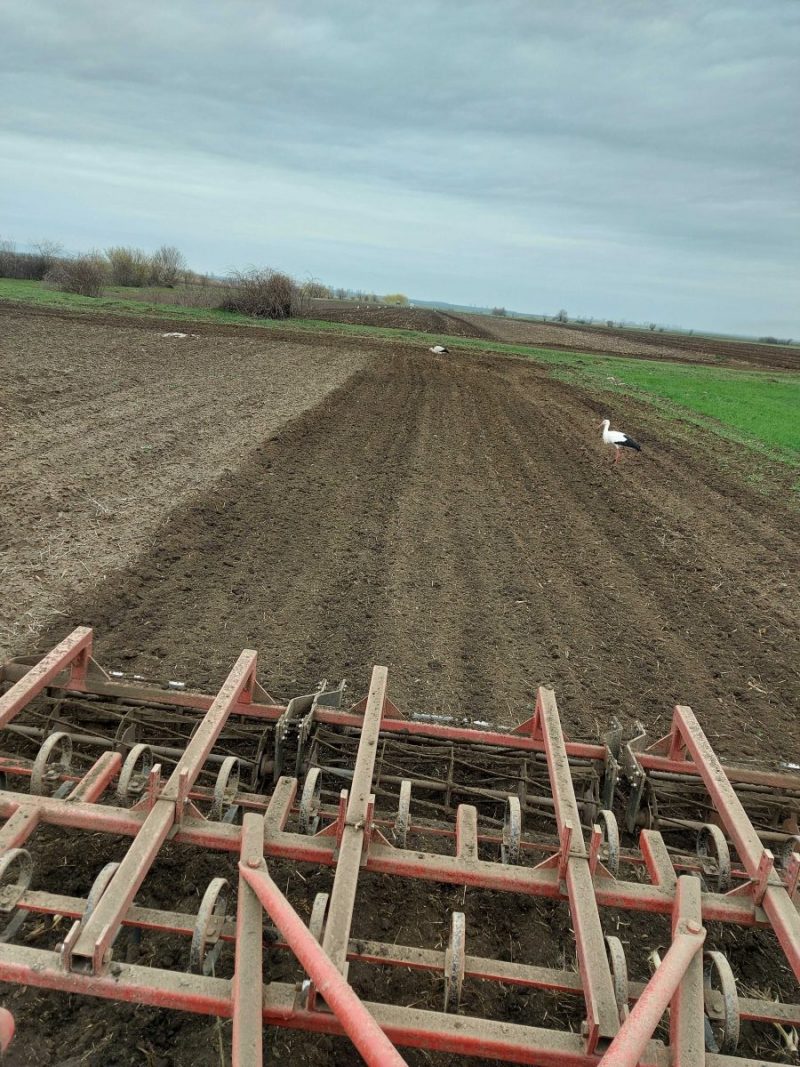Cotton, cultivation and harvesting technology
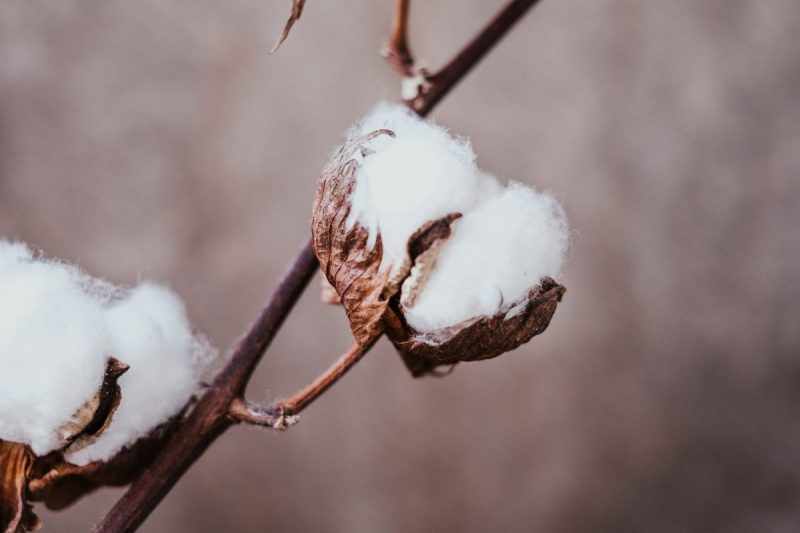
The cotton plant belongs to the Gossypium genus, family Malvaceae. Cotton is one of the most important textile plants in the world, providing 60-70% of the global vegetable fiber production. Cotton, depending on the climate, is an annual or perennial plant.
The cotton fiber is formed on the seed’s surface. It is characterized by elasticity, hydroscopicity, tensile strength, absorption. From the cotton seeds that contain 20-30% semi-drying oil, by refining it, edible oil is obtained, and from the unrefined oil, paints are obtained. From the point of view of the cultivation area, cotton is cultivated on lands of approximately 25 million hectares, in countries such as India, China, USA and Pakistan.
Cotton has a taproot, which grows strongly giving the plant high drought resistance. The stem reach up to 1 meter in height, it is branched and the leaves are petiolate. The flowers are solitary, and the flowering takes place in stages.
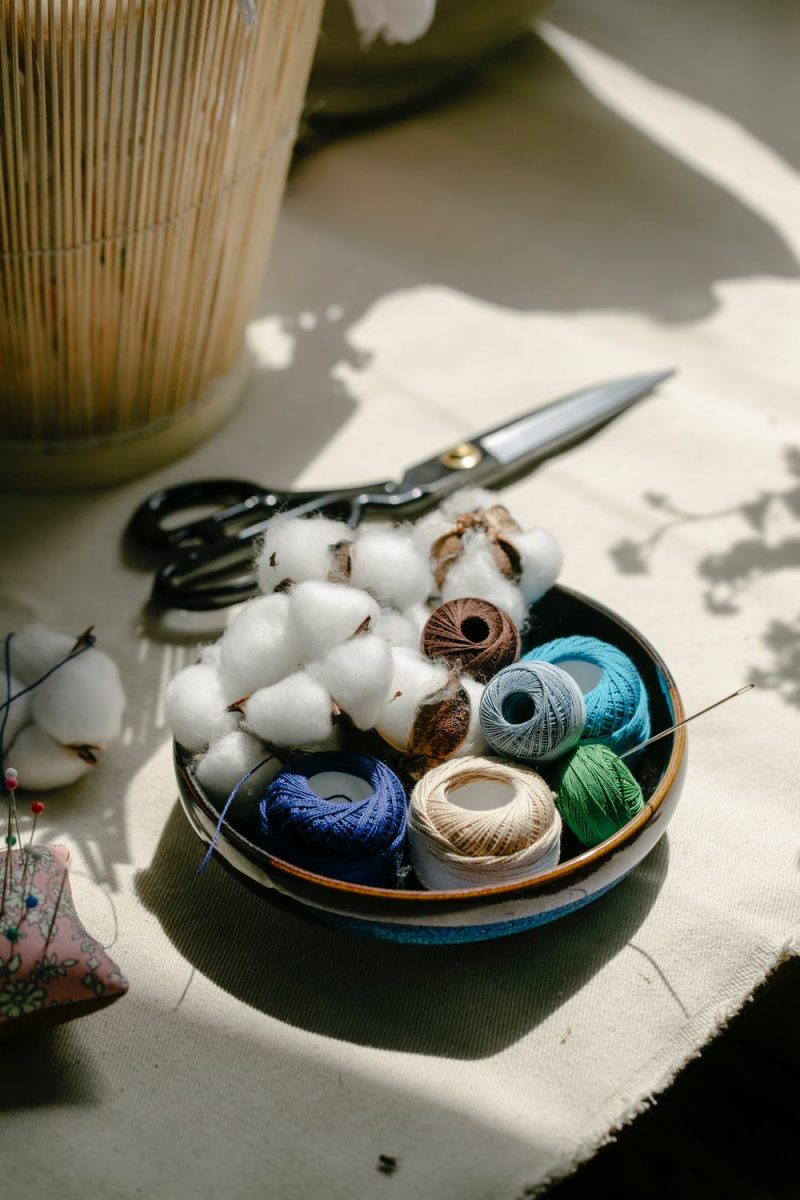
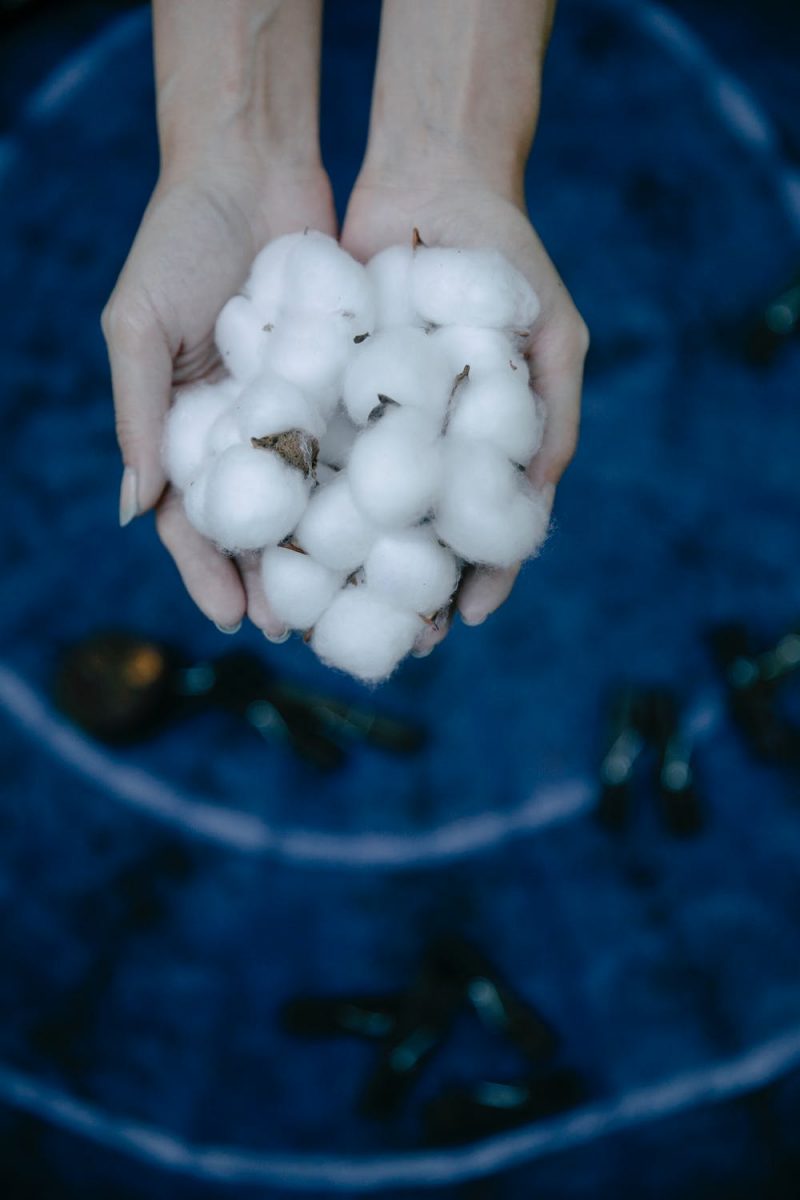

Environmental factors
Temperature
Cotton plants need for a harmonious growth temperatures between 22-28 °C, but for the flowering period, the optimum temperature is between 25-28 °C. Oscillations and low temperatures cause negative effects on cotton plants.
Light
Cotton is a light-loving plant, so during the vegetative growth period there should be clear days so as not to negatively influence production.
Humidity
In terms of water, it has medium requirements, the most important for cotton being the time when precipitation occurs. It needs precipitation in May-July and in August. Its drought resistance is given by the well-developed root system.
Soil
The soil must be fertile, loose and with very good drainage. From the point of view of pH, it prefers soils with a neutral to weak acidic pH, and their texture should be medium.
Cultivation technology
Soil works
After harvesting the preceding crop, stubble cultivation is carried out, then plowing, when the soil’s moisture allows it. The germination bed is prepared with the help of combines that level the soil. In spring, it is recommended to carry out a small number of works at ground level to prevent water loss.
Seeds and sowing
The seeds used must be certified, with a purity of 98%, germination of 85% and MMB of at least 80 – these values increase the chance of a productive crop. The optimal time for sowing is after April 15th, when the soil registers a temperature of 10.5-11 °C . When sowing, a density of 30-35 sprouted grains / m2 must be ensured. This way, during sprouting will result approximately 25-30 plants / m2.
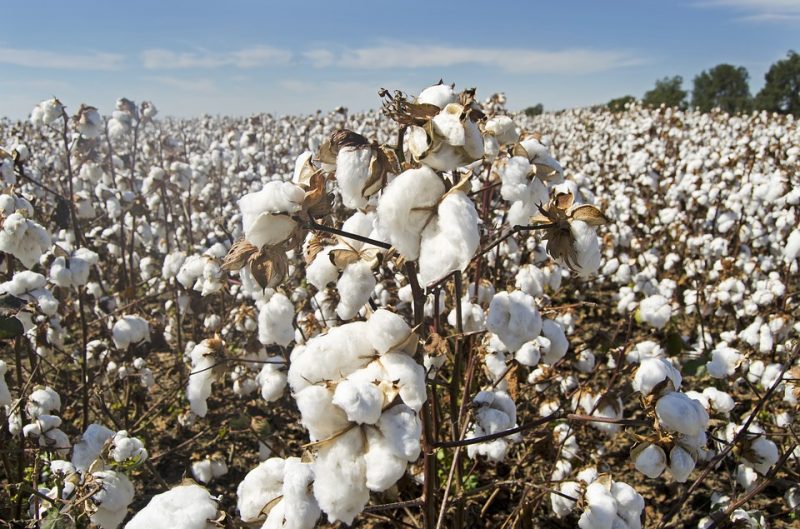
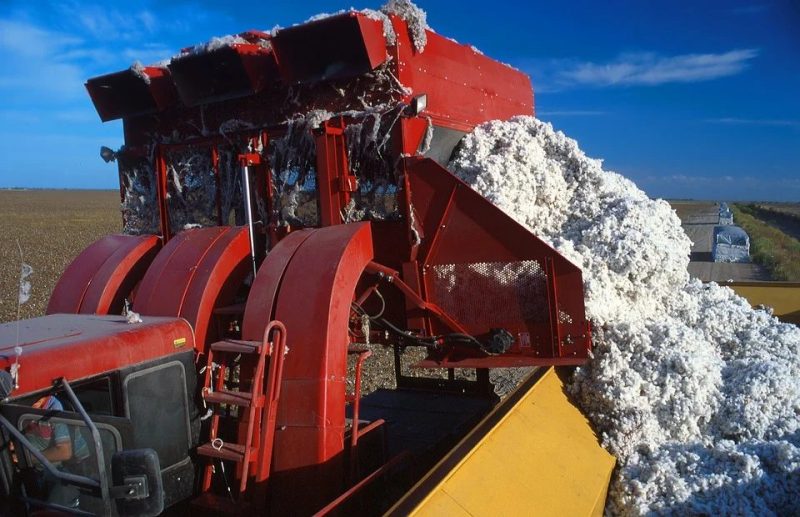
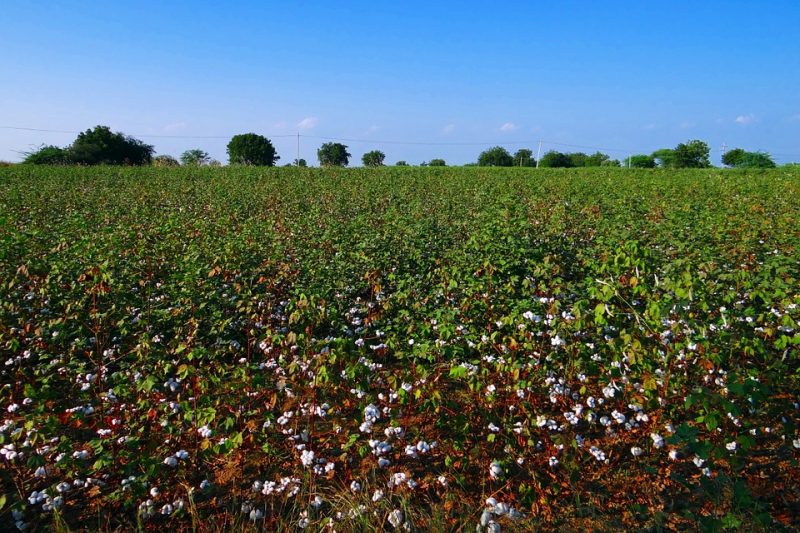
Weed control
Cotton cultivation is very sensitive to weeds, so weed control must be done either by weeding or by applying herbicides.
Diseases and pests
Cotton is frequently attacked by pests such as: aphids, wireworms, onion thrips, red spider mites. The diseases that cause damage to the cotton crop are: leaf spot, Fusarium wilt, Anthracnose, damping-off and root rot.
Recommended products
-
You can find products on a different store
Change Store -
You can find products on a different store
Change Store -
You can find products on a different store
Change Store -
You can find products on a different store
Change Store -
You can find products on a different store
Change Store -
You can find products on a different store
Change Store -
You can find products on a different store
Change Store -
You can find products on a different store
Change Store -
You can find products on a different store
Change Store -
You can find products on a different store
Change Store -
You can find products on a different store
Change Store -
You can find products on a different store
Change Store -
You can find products on a different store
Change Store -
You can find products on a different store
Change Store -
You can find products on a different store
Change Store -
You can find products on a different store
Change Store -
You can find products on a different store
Change Store -
You can find products on a different store
Change Store -
You can find products on a different store
Change Store -
You can find products on a different store
Change Store -
You can find products on a different store
Change Store -
You can find products on a different store
Change Store -
You can find products on a different store
Change Store -
You can find products on a different store
Change Store
Fertilization
Cotton is a crop that responds positively to fertilization with organic or mineral fertilizers, the maximum amount of absorbed nutrients being during the ripening period. It is thus recommended to use fertilizers with a high and balanced content in nutrients.
Recommended products
-
You can find products on a different store
Change Store -
You can find products on a different store
Change Store -
You can find products on a different store
Change Store -
You can find products on a different store
Change Store -
You can find products on a different store
Change Store -
You can find products on a different store
Change Store -
You can find products on a different store
Change Store -
You can find products on a different store
Change Store -
You can find products on a different store
Change Store -
You can find products on a different store
Change Store -
You can find products on a different store
Change Store -
You can find products on a different store
Change Store -
You can find products on a different store
Change Store -
You can find products on a different store
Change Store -
You can find products on a different store
Change Store -
You can find products on a different store
Change Store -
You can find products on a different store
Change Store -
You can find products on a different store
Change Store -
You can find products on a different store
Change Store -
You can find products on a different store
Change Store -
You can find products on a different store
Change Store -
You can find products on a different store
Change Store -
You can find products on a different store
Change Store -
You can find products on a different store
Change Store
Irrigation
It is necessary for dry years, 350-600 m3 / ha of water is applied depending on the vegetative phases of the crop.
Harvesting
Harvesting can be carried out manually or mechanized when the cotton capsules reach full maturity and open. Mechanized harvesting is carried out in 2 steps, depending on the capsules’ degree of opening.














































































































































































































































































































































































































































